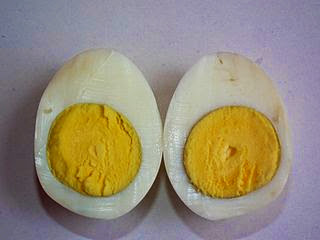Placed to catch the breezes from different directions, they spin at different speeds, some going 90 to nothin' and others slowly revolving when a soft breeze floats by.
I enjoy gazing at them. Its amazing that such simple items can be so amusing. I often wonder how far back in human history the concept was discovered. Dutch windmills are famous, and some type of a sailing ship seems to have always been with us. The other day I went to the web to find out, and read on Wikipedia some interesting facts about whirligigs that had never crossed my mind.
A version called a bamboo-copter, dated 400BC was found in China. In 700BC the Sasanian Empire, (Persian) used windmills to lift water. Sumerians in 1600-1800BC used them as weather-vanes. The first known representation of a European whirligig is a medieval tapestry depicting children playing with a hobby horse at one end of a stick, a 4 blade propeller at the other end.
William Shakespeare used a whirligig as a metaphor, “what goes around, comes around” in Twelfth Night. Museums collect them. Value of early folk art whirligigs vary. In 2000, one of Uncle Sam with Saw, sold for $12,650, another folk art creation sold for $10,025. An oil painting by Hieronymus Bosch, Christ Child with a Walking Frame, contains a clear illustration of a string powered whirligig. A painting by Jan Provost (late 16th century) “Virgin and Child in a Landscape” shows the Christ child holding a whirligig.
The simplest is pinwheel, but configurations vary. Among modern makers, the most famous is Vollis Simpson (1919-May 31, 2013) who was profiled on PBS in a photo essay at Minnesota Museum of Science. One of his stands in front of American Visionary Art Museum in Baltimore, Maryland. He was named the 2012 Arts and Culture winner of Southern Living Heroes of the New South Awards. Some of his creations reached 50 feet in height.
 |
| Vollis Simpson whirligigs |



